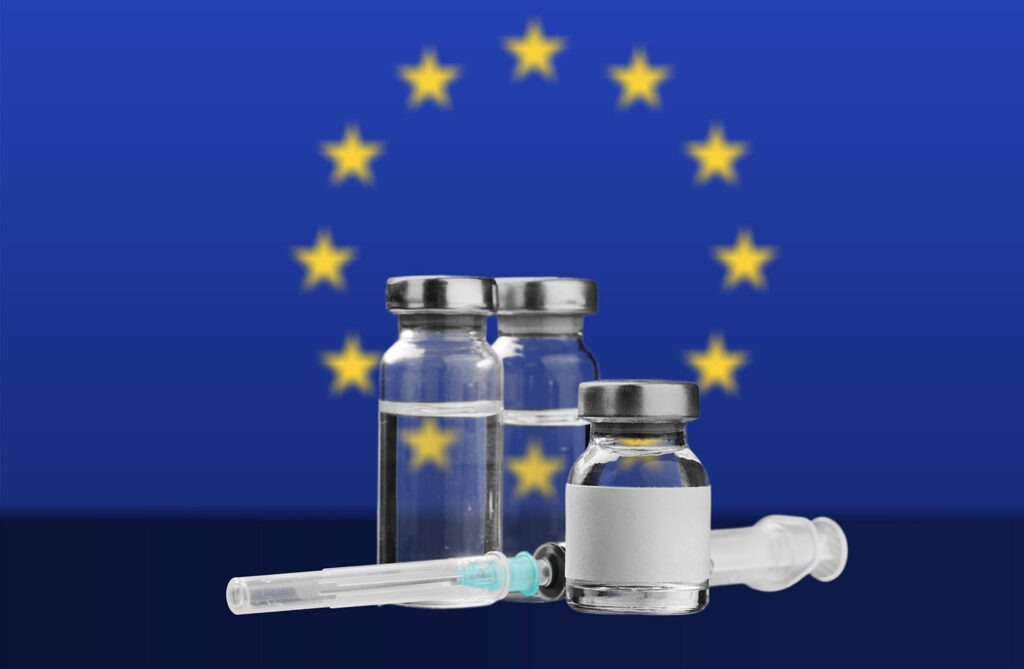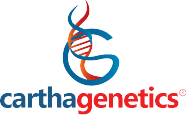09 Aug The revision of EU orphan drugs’ policy, what to expect?

For patients with rare diseases, time to access has been always the greatest challenge. Every day counts and access is always considered late even though countries like France, Italy and Spain have seen their time to market declining for EMA-approved therapies.
However, on the other side, the percentage of EU-approved drugs reaching patients has also been reduced. Take the example of Spain between 2017–2020 where patients had access to only 41% of all EMA-approved therapies and 29% of approved orphan drugs.
The challenges behind the limited access, even on Early Access Programs, remains the quality of data especially regarding safety, effectiveness around mortality, morbidity, or effect on the quality of life which obviously leads to challenges regarding meaningfulness and willingness to pay for the treatments.
In these regards, and on a central level, a review of the EU orphan drug regulation is currently being started to address these challenges with a focus on equitable access. At the same time, payers across individual countries are developing their own mechanisms to address their approaches to these drugs. For example, outside the EU, the NICE in England now considers that only rare diseases that affect less than 300 patients and that can substantially reduce the life span of a patient are eligible to be qualified as highly specialized technologies (HST).
As for France and Italy, they are tightening the inclusion criteria for early access programs—only “truly innovative” orphan therapies are eligible and for shorter time frames than in the past. This comes as more and more companies developed the trend to “orphanize” many indications that were so far out of the orphan diseases area. In addition, pricing & reimbursement will no longer be free alongside stricter scrutinization from the payers.
For Germany, the “orphan drug loophole” is likely to be narrowed and may be applicable to a smaller subset of orphan products based on certain criteria that are getting defined. The loophole was initiated when AMNOG was implemented in 2011, providing an “additional benefit” to any drug approved with an orphan designation. The provision though has remained controversial.
Overall, these revisions, once implemented may lead to reduced patient access as there will be:
A smaller number of drugs would qualify for approval and market.
A smaller number of patients would justify the orphan drug designation, thus making therapies for only extremely rare diseases eligible.
As such, while these reforms are ongoing, equitable access concerns will be rising and only early and continuous dialogue (as early as phase 2) between drug manufacturers, key opinion leaders, patient groups, payers, policymakers, and regulators will help. In fact, all should continuously be sitting around round tables to ensure sustainable development of orphan drug therapies and to restore the balance between developing treatments for rare diseases and ensuring access for patients.
Additionally, innovation should still be defined, demonstrated, and defended in order to remain in line with the regulation while not depriving patients of the right of access to treatment.
Amir M. Sharaf, MD, Director, CarthaGenetics®
Philippe Carteron de Balmont, CEO & Founder, CarthaGenetics®
